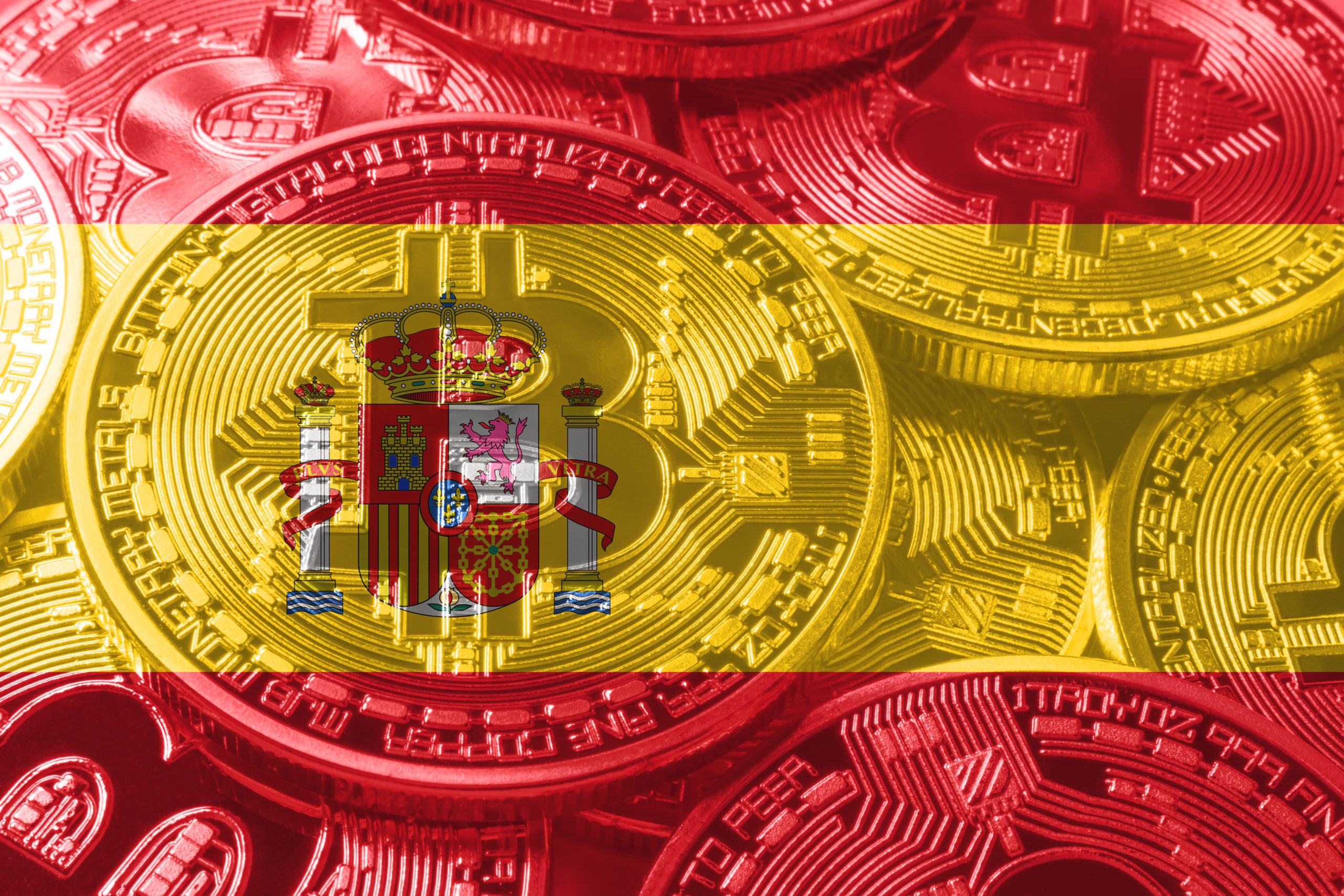Cryptocurrency Law: “Cryptocurrency Law: A Guide” offers a fascinating insight into the evolving landscape of legal frameworks surrounding digital currencies. As cryptocurrencies continue to disrupt traditional financial systems, understanding the legal implications becomes essential for investors, regulators, and users alike. This guide navigates the complexities of cryptocurrency regulations, ensuring you are equipped with the knowledge needed to make informed decisions in this dynamic environment.
With topics ranging from the definition of cryptocurrency law to its practical applications and challenges, this guide is designed to illuminate the intricacies involved. It also explores emerging trends and the impact of technology on legal practices, providing readers with a comprehensive overview that bridges the gap between law and innovation.
In today’s fast-paced world, the importance of effective communication cannot be overstated. Whether in personal relationships, professional settings, or social interactions, the way we convey our thoughts and ideas shapes how we are perceived and understood. This article delves into various aspects of communication, exploring its significance, elements, and some practical strategies for improvement.First and foremost, let’s consider why communication is so vital.

At its core, communication is the process of transferring information from one entity to another. It is the foundation of human interaction, enabling us to share emotions, ideas, and experiences. Good communication fosters better relationships, enhances teamwork, and promotes a positive atmosphere both in personal and professional environments. In fact, studies have shown that effective communication can lead to increased productivity and satisfaction among team members.When we talk about communication, it encompasses several key elements.
These include the sender, the message, the medium, the recipient, and feedback. The sender is the individual or group initiating the communication. The message is the information being conveyed, while the medium refers to the method of delivery, which could be verbal, written, or non-verbal. The recipient is the person or group receiving the message, and feedback is the response from the recipient back to the sender.
Understanding these elements is crucial for anyone looking to improve their communication skills.Now, let’s explore some common barriers to effective communication. Misunderstandings often arise due to language differences, cultural variations, or even differing perceptions. For instance, an idiomatic expression that works perfectly in one culture may completely baffle someone from another background. Additionally, emotional states can impact how messages are sent and received.
If a sender is feeling stressed or upset, their message may come across differently than intended, leading to confusion. Recognizing these barriers is the first step towards overcoming them.One effective strategy for enhancing communication is active listening. Active listening involves fully concentrating, understanding, responding, and remembering what is being said. It requires the listener to engage with the speaker, providing both verbal and non-verbal feedback.
This can include nodding, maintaining eye contact, and asking clarifying questions. By practicing active listening, individuals can ensure that they not only hear the words spoken but also grasp the underlying emotions and intentions.Another important aspect of communication is clarity. When conveying a message, it’s essential to be clear and concise. Avoiding jargon and complex language can help ensure that the message is understood by a broader audience.
Using simple language encourages engagement and minimizes the risk of misunderstandings. Additionally, organizing thoughts before speaking or writing can help in presenting ideas more clearly.Non-verbal communication also plays a significant role in how messages are interpreted. Body language, facial expressions, and tone of voice can all convey meaning alongside spoken words. For example, crossing arms might signal defensiveness, while maintaining an open posture can suggest receptiveness.
Being aware of non-verbal cues can enhance the overall effectiveness of communication, allowing individuals to read between the lines and respond appropriately.In professional settings, effective communication can be a game-changer. Whether it’s during team meetings, presentations, or one-on-one discussions, clear communication can lead to more fruitful collaborations. It’s important to adapt communication styles to suit the audience. For instance, while technical jargon may be suitable for colleagues within the same field, it may alienate clients or stakeholders from different backgrounds.
Tailoring the message to fit the audience can increase understanding and foster better relationships.Moreover, feedback is a crucial component of effective communication. It allows for clarification and ensures that both parties are on the same page. Encouraging feedback creates an open dialogue, where individuals feel comfortable expressing their thoughts. This not only improves individual communication but also contributes to a culture of openness and transparency within teams and organizations.In the digital age, communication has also evolved significantly.
With the rise of social media, emails, and instant messaging, the way we communicate has changed dramatically. While these tools offer convenience, they also come with their own set of challenges. Written communication, for example, lacks the non-verbal cues present in face-to-face interactions, which can lead to misunderstandings. Thus, it’s essential to be mindful of tone and context when communicating through digital platforms.To navigate the complexities of communication in the digital realm, it can be beneficial to follow some best practices.
For instance, when sending emails, it’s important to be clear about the purpose from the outset. A concise subject line and a well-structured message can significantly enhance the likelihood of a positive response. Additionally, taking the time to proofread messages before sending can prevent miscommunications that may arise from typos or unclear phrasing.Furthermore, being respectful and considerate in communication, whether online or offline, goes a long way.
Acknowledging different viewpoints and showing empathy can create a more inclusive environment. When individuals feel heard and valued, they are more likely to engage positively, resulting in more effective communication overall.In conclusion, communication is a multifaceted process that plays a pivotal role in our personal and professional lives. By understanding its elements, recognizing barriers, and implementing strategies such as active listening, clarity, and appropriate feedback, individuals can significantly enhance their communication skills.
In an increasingly interconnected world, mastering the art of communication is not just beneficial—it is essential for building meaningful relationships and fostering collaboration.



